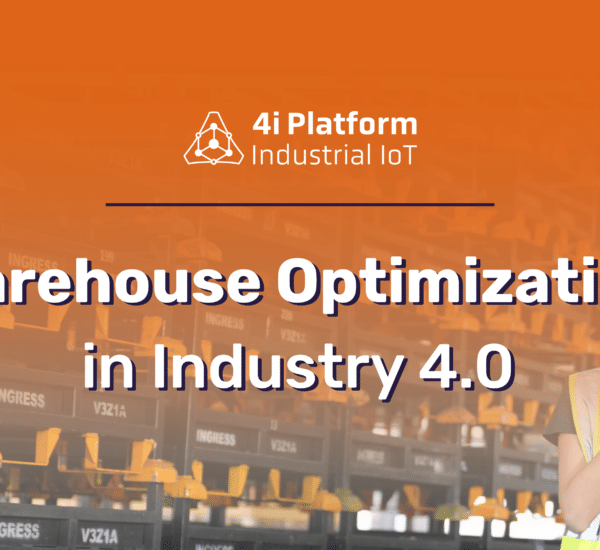The industrial Internet connects machines and people with services. It is about harnessing large amounts of data, analyzing it, and making it useful information. Above all, the IIoT is about optimizing production and making equipment and services more efficient, including the digital power plants.
Ultimately, it is all about improving collaboration to increase the expertise of those who operate, maintain, and manage it.
In other words, the digital power plant embodies the industrial Internet of things to accomplish its goals, and it has five key qualities:
Evolution of the Power Plants
- Continuously learning from the past in order to improve efficiency
- Is there a technology foundation that is constantly evolving, and never becomes obsolete?
- Flexible and continuous DCS (Digital Combat Simulator) upgrade
- Intelligent predictive maintenance, makes life easier and more fulfilling
Self-Sustaining
- It is aware of its current operating status at all times
- Knows your operating limits and capabilities
- Maintain the property at the right time.
- Do more with less, for example, in operation and maintenance
Predictive
- It knows how much energy it will need to produce in order to meet its market obligations
- Optimizes resource management in relation to market, weather and operating status
- With IIoT it is possible to identify the equipment failures and restore them before any breakdown.
Protection
- It is safe for the people, the community, and the environment
- Always minimize emissions, mindful of the environmental impact.
- Employees are safe
- Cyber security
Adapting
- Flexible to market demands
- Forecasting external conditions helps to anticipate market needs
- Receptive to grid and owner requirements
- Conventional and renewable plants can operate within IIoT and virtual power reserve
Platform Common for Digital Power Plants
A common platform that facilitates collaboration between people and partners is the foundation of the digital power plant of tomorrow. Customers will see huge benefits from a broad, inclusive, and open ecosystem, as opposed to closed, exclusive, proprietary systems.
Closing the Loop
The digital powerhouse of the future will close the loop between data analysis and actual action.
However, it is not enough to just collect system data. The data must be converted into useful information that improves the plant’s performance. Value can only be created when the loop is closed with an action.
Closing the loop does not just apply to machines and devices. It also applies to people, service, and the world. Therefore, the combination of people, plants, and production processes opens up new possibilities to improve productivity, reduce downtime, and lower maintenance costs.
Collaboration
Collaboration is the key to the digital power plant of tomorrow. This includes within the company, the fleet, and the plant as well as with valued partners and suppliers.
These benefits are provided by our collaborative operations center for power generators.
It links the plant and fleet to company headquarters and us, which allows people to collaborate and improve plant performance.
The center is connected to the plant’s distributed control systems via a fast and secure connection. It continuously retrieves and analyses plant performance data, monitors key indicators, provides actionable information for management and plant workers, and, when necessary, offers deep domain expertise.
Fog, Cloud, and Intercloud in The Power Industry
Future digital power plants will use intercloud, fog, and cloud together.
Traditional mission-critical automation systems such as the DCS or enterprise software systems are housed on-site in what is known as fog computing.
With the cloud and fog levels, data and different functions can move as digital power plants need. This allows for greater flexibility when deploying models according to customer preference.
Customers will not find all the capabilities they need on one IoT platform. Instead, IoT platforms will all be interconnected through an “intercloud” of applications.
Although others just began to see the benefits of digital power plants, we are experts at integrating digital components into control systems for our customers. These include software, sensors, digital networks, and now the Industrial Internet of Things.





